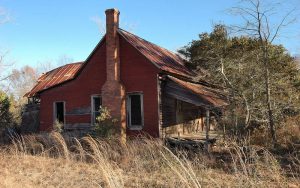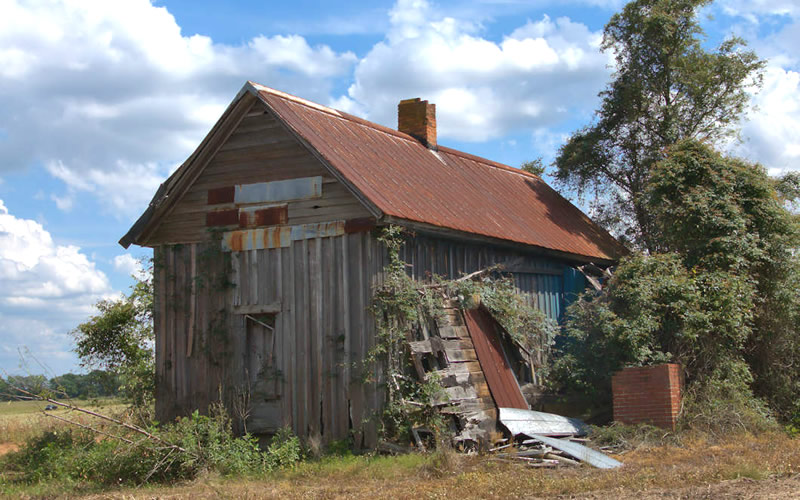By Elliott Brack, editor and publisher | Returning from South Georgia after attending a funeral this week, we got off the Interstates for a while, and enjoyed the less stressful driving on the back roads. All in all, it‘s much more enjoyable, too, as you see how the crops are doing (the Vidalias are green topped and ready for harvest), check out the small communities, and see Georgia in a way as it was in the past.
 This time one particular element struck me: in much of rural Georgia, there are many, many homes, barns, and other outbuildings that are no longer in service, abandoned, deteriorating, and wasting away. The buildings remind you of nostalgic times. They sit there, virtually forgotten, a reminder of much of our past that was considerably more hardscrabble and tougher life than we have it today. It can depress you.
This time one particular element struck me: in much of rural Georgia, there are many, many homes, barns, and other outbuildings that are no longer in service, abandoned, deteriorating, and wasting away. The buildings remind you of nostalgic times. They sit there, virtually forgotten, a reminder of much of our past that was considerably more hardscrabble and tougher life than we have it today. It can depress you.
Often they are on land that has been virtually forgotten, no longer plowed, not even being used to grow timber, just worn out and not used for basic crops. It may tell us that it’s hard to get people to work the land these days, since farming does not always pay off handsomely.
Yet someone owns that land, and pays taxes on it, however low that may be. On many acres of land in South Georgia, young pine trees are beginning to surge upward, though maybe only 3-4 feet tall, all laid out in precise rows. And yes, some farms lie fallow, timed to rotate crops. Yet much other land and the abandoned building on it tells me that no one has plans to use this land anytime in the future.
It does not give a good impression for any part of the state to have an abundance of run down forlorn former homes and barns withering away for all to see. Oh, for the likes of some program, like Urban Renewal, which was used by cities, to clean up similar structures. But who would pay for this? After all, it’s up to the landowner, and they see no return on it. But these same landowners have tractors, backhoes and even bulldozers that they use today in farming, and could simply attack these structures with these machines to give their land a better appearance. Yet what is the incentive?
 Many of the key county seat towns are deteriorating themselves, as seen by the many boarded-up buildings in these towns. Some point to modern retailing, with the Wal-Mart infusion, as contributing to this problem.
Many of the key county seat towns are deteriorating themselves, as seen by the many boarded-up buildings in these towns. Some point to modern retailing, with the Wal-Mart infusion, as contributing to this problem.
While much of North Georgia is progressive, you see an entirely different Georgia south of Augusta, Macon or Columbus. While there are a few pockets of progress, such as seen in Douglas, Dublin, Thomasville, Statesboro, Tifton and Americus, they are few and far between. Much more common are communities which are not attractive to development, and seemingly wasting away. There is little incentive for outside individuals or firms to move into these communities.
Yet every once in a while, a firm will move into rural South Georgia, and rave about their good fortune to locate there. They cite a willing and happy labor force, and note how dependable they are. There just don’t seem to be enough of these companies who think this way and want to locate in South Georgia.
Much of our rural areas may never be the pristine, neat areas we would want. But a little house-cleaning, so to speak, or bulldozing would make the areas much more attractive.
(Photos by Brian Brown. To see a vast catalog of South Georgia scenes, visit vanishingsouthgeorgia.com.)
- Have a comment? Send to: elliott@brack.net










Follow Us